Blog by Greg Baldwin
Marketing Content Specialist at TargetSolutions
Films inspired by the fire service have a habit of settling their themes around the “Man vs. Fire” climactic battle, leaving the story and plot as a mild formality. The recently released Only the Brave, directed by Joseph Kosinski, completely rewrites the firefighter film formula and serves as a testament to the resilience of the human spirit in the eyes of danger.
Based on the true story of the Yarnell Hill Fire near Yarnell, Arizona in June 2013, the story follows superintendent Eric “Supe” Marsh (Josh Brolin) of the Prescott Fire Department and his Type 2 battalion (also known as “deucers”) as they strive to one day become certified Type 1 (also known as hotshots). Supe is wise beyond his years and his crew operates as a well oiled high-performance engine, but despite these credentials their certification is still four years in the making. Things get testy when rookie Brendan McDonough (Miles Teller) is given an opportunity to earn a spot in the company. McDonough has just been kicked out of his mother’s house, has a child on the way, and bears a history of substance abuse. Paired with his poor physical conditioning and limited intellect, he’s branded the nickname “Donut” and is nearly dismissed on multiple occasions.
In a way, Donut’s exile into the real world from the sanctuary of his mother’s house is synonymous with the film’s theme of marching into danger and being forced to create something out of nothing. Laziness and abuse make up the only world that Donut has known, but that all changes as he confronts the crossroads in his life: take his limited fire experience and put it to good use with Supe’s department or continue his path to eventual self-destruction. Both decisions are dangerous but only one is correct.
The film succeeds in generating tension between Donut and his new company while subtly constructing the bonds that will eventually bring them together as one unit: the Granite Mountain Hotshots. There is an instance where Donut can no longer handle the escalating hazing and stops short of punching one of his instigating comrades. In most other films, the punch would have been thrown and the team would be no less for the wear. In this case, Donut has too much to lose and the members of the company start to take notice when he refuses to give up despite his struggles. It’s the fact that he didn’t throw the punch (as he probably would have done as a junkie) that makes his colleagues start to respect him. Whether this particular altercation is based on fact or not, the traditional formula of the firefighter film genre would ultimately call for Donut to land the punch. No exceptions.
The landscapes of the film are nothing short of breathtaking and, at times, terrifying. Supe recalls an occurrence early in his career where he came across an engulfed bear fleeing from an inferno. “It was the most beautiful and terrible thing I have ever seen.” Utilizing a healthy blend of practical and CGI effects, the film brilliantly illustrates this contradiction in ways that no other firefighter film has ever done. To our protagonists, the intimidating panoramic landscapes aren’t comprised of beauty or nature; only fuel for the fire.
Sure to refuel the firefighter film genre, the emotionally supercharged Only the Brave has opened to unanimous fanfare with critics lauding its story, writing, acting, and stunning visual effects. While the epic is a work of fiction, the climactic event that it is based on is not, and that certainly hits home. As I sit behind my computer writing this, somewhere far away in another city, another state, another country, there is a cadre of brave men and women who are entering a fire zone right now and putting it all on the line. Sometimes we could all use a reminder about the realities of the dangers that the fire service faces every day. Today, Only the Brave is that reminder.
ABOUT THE CONTRIBUTOR
Greg  Baldwin joined the TargetSolutions team in June of 2015 and serves as the company’s Marketing Content Specialist. A graduate of San Diego State University with a degree in marketing, he played a key role in the development of the award-winning NFPA 1410 Evolutions series as one of two videographers on location in St. Charles, Missouri. Greg is a veteran volunteer of the local animal shelters, having won County of San Diego Volunteer of the Year honors in 2013 for his implementation of a digital marketing program.
Baldwin joined the TargetSolutions team in June of 2015 and serves as the company’s Marketing Content Specialist. A graduate of San Diego State University with a degree in marketing, he played a key role in the development of the award-winning NFPA 1410 Evolutions series as one of two videographers on location in St. Charles, Missouri. Greg is a veteran volunteer of the local animal shelters, having won County of San Diego Volunteer of the Year honors in 2013 for his implementation of a digital marketing program.




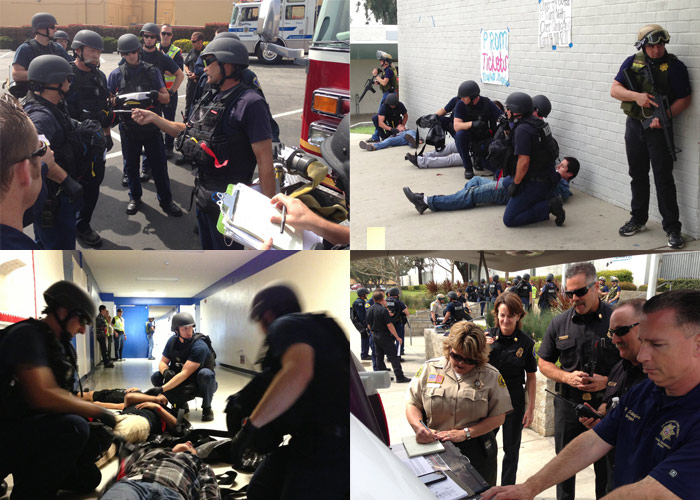
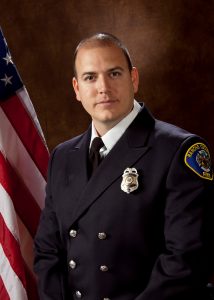 Editor’s Note: Ofer Lichtman of Rancho Cucamonga Fire Department (Calif.) is an expert on numerous subjects impacting the fire service, including Tactical Emergency Casualty Care (TECC) and terrorism awareness. Last year, Lichtman provided TargetSolutions with an in-depth interview on best practices for emergency responders during an active shooter incident. To read the two-part series, please
Editor’s Note: Ofer Lichtman of Rancho Cucamonga Fire Department (Calif.) is an expert on numerous subjects impacting the fire service, including Tactical Emergency Casualty Care (TECC) and terrorism awareness. Last year, Lichtman provided TargetSolutions with an in-depth interview on best practices for emergency responders during an active shooter incident. To read the two-part series, please  I was in a Bank of America branch some time ago standing in line for the teller. There were about four of us in the queue when in walks this young man in his early 20s with purple hair, a gallery of tattoos on his arms, a pierced nose wearing a ball cap that read F*#@ YOU.
I was in a Bank of America branch some time ago standing in line for the teller. There were about four of us in the queue when in walks this young man in his early 20s with purple hair, a gallery of tattoos on his arms, a pierced nose wearing a ball cap that read F*#@ YOU.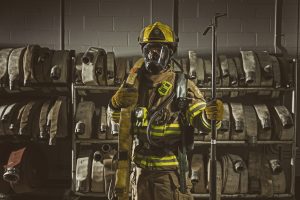
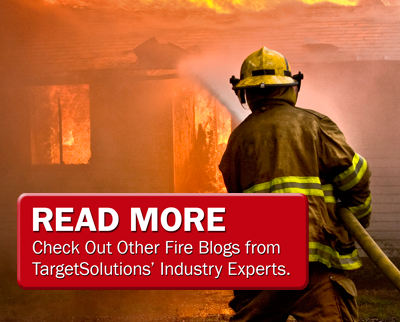

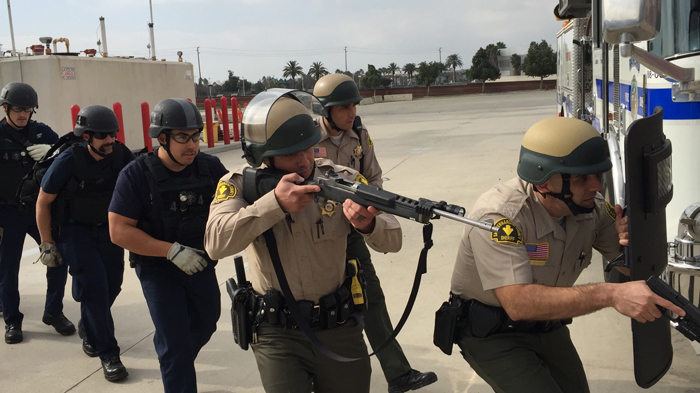
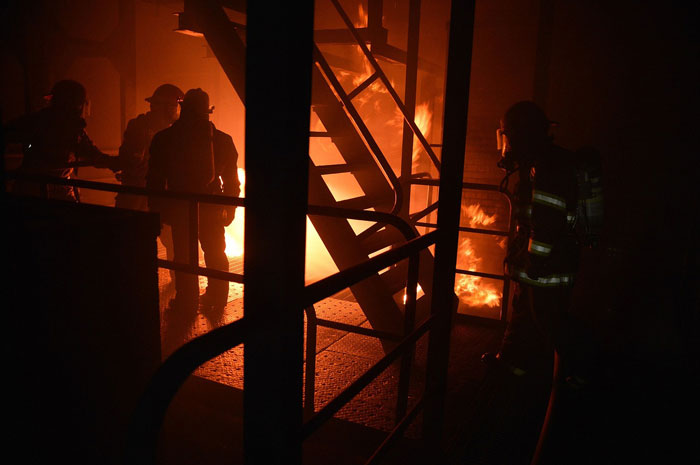
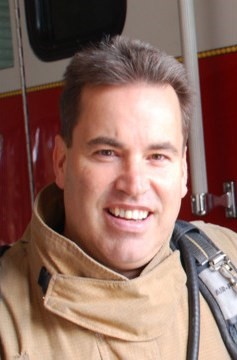


 Ofer Lichtman of Rancho Cucamonga Fire Department (Calif.) is an expert on numerous subjects impacting the fire service, including Tactical Emergency Casualty Care (TECC) and terrorism awareness. The terror attack in San Bernardino (Calif.) in December of 2015 has heightened domestic concerns over violence and against civilian populations. Lichtman recently provided TargetSolutions with an in-depth interview of his thoughts regarding effective strategies for first responders during an active shooter incident. This article is Part 1 in a two-part series. Please
Ofer Lichtman of Rancho Cucamonga Fire Department (Calif.) is an expert on numerous subjects impacting the fire service, including Tactical Emergency Casualty Care (TECC) and terrorism awareness. The terror attack in San Bernardino (Calif.) in December of 2015 has heightened domestic concerns over violence and against civilian populations. Lichtman recently provided TargetSolutions with an in-depth interview of his thoughts regarding effective strategies for first responders during an active shooter incident. This article is Part 1 in a two-part series. Please 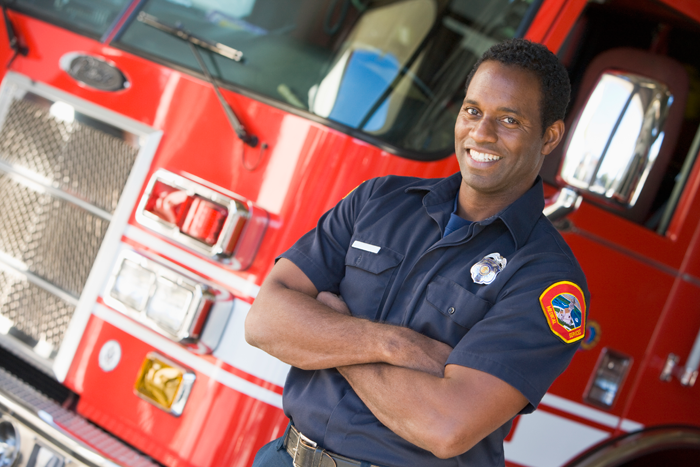
 About the Author
About the Author